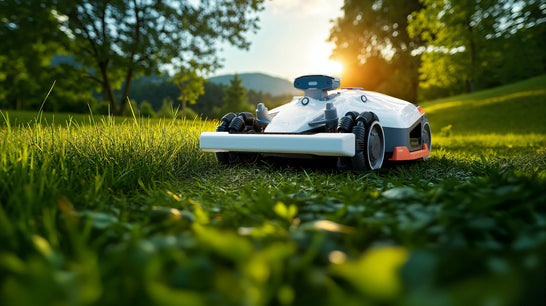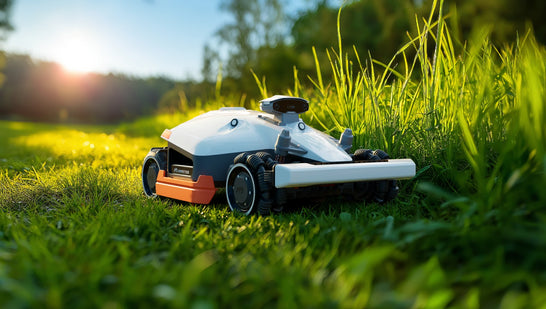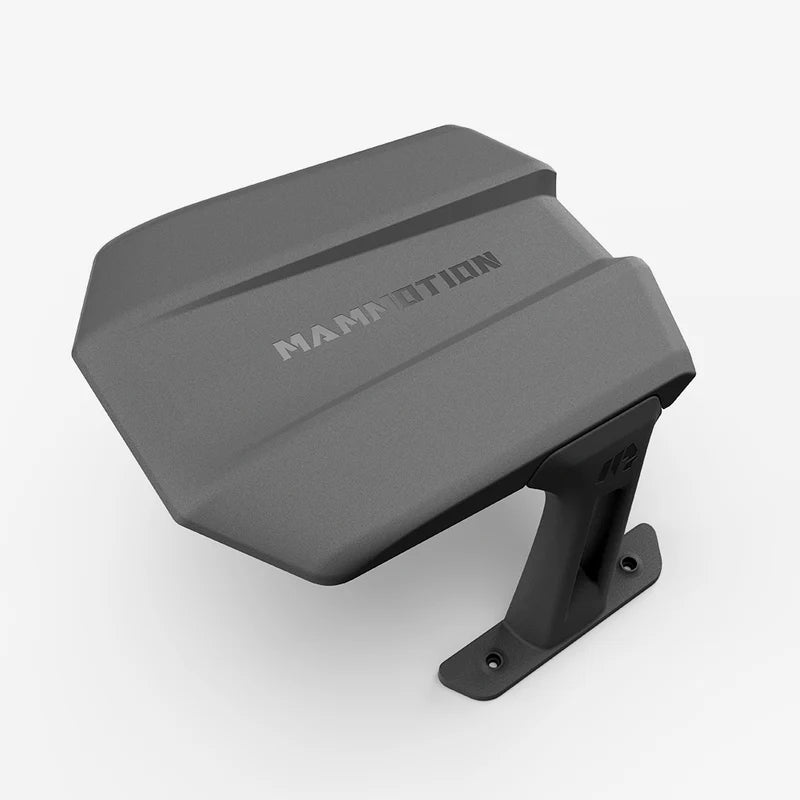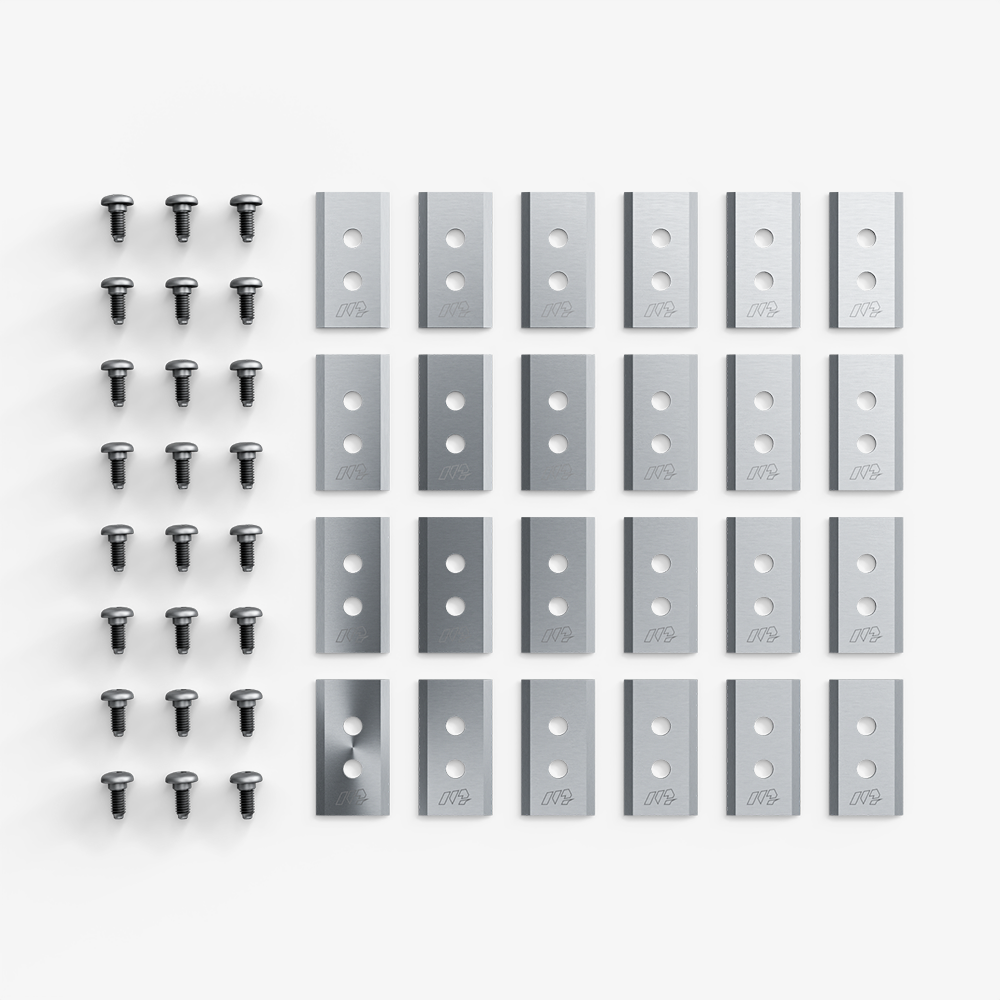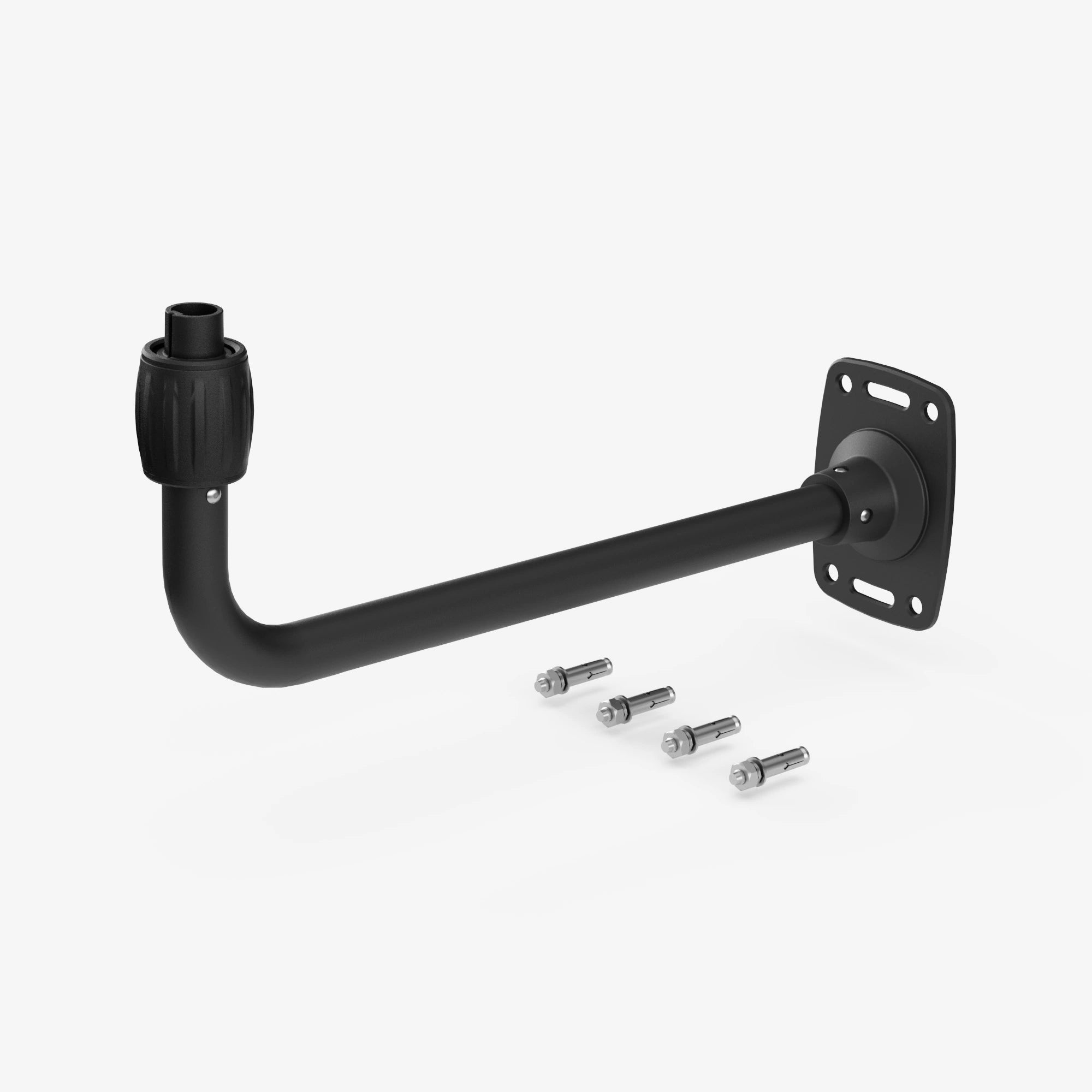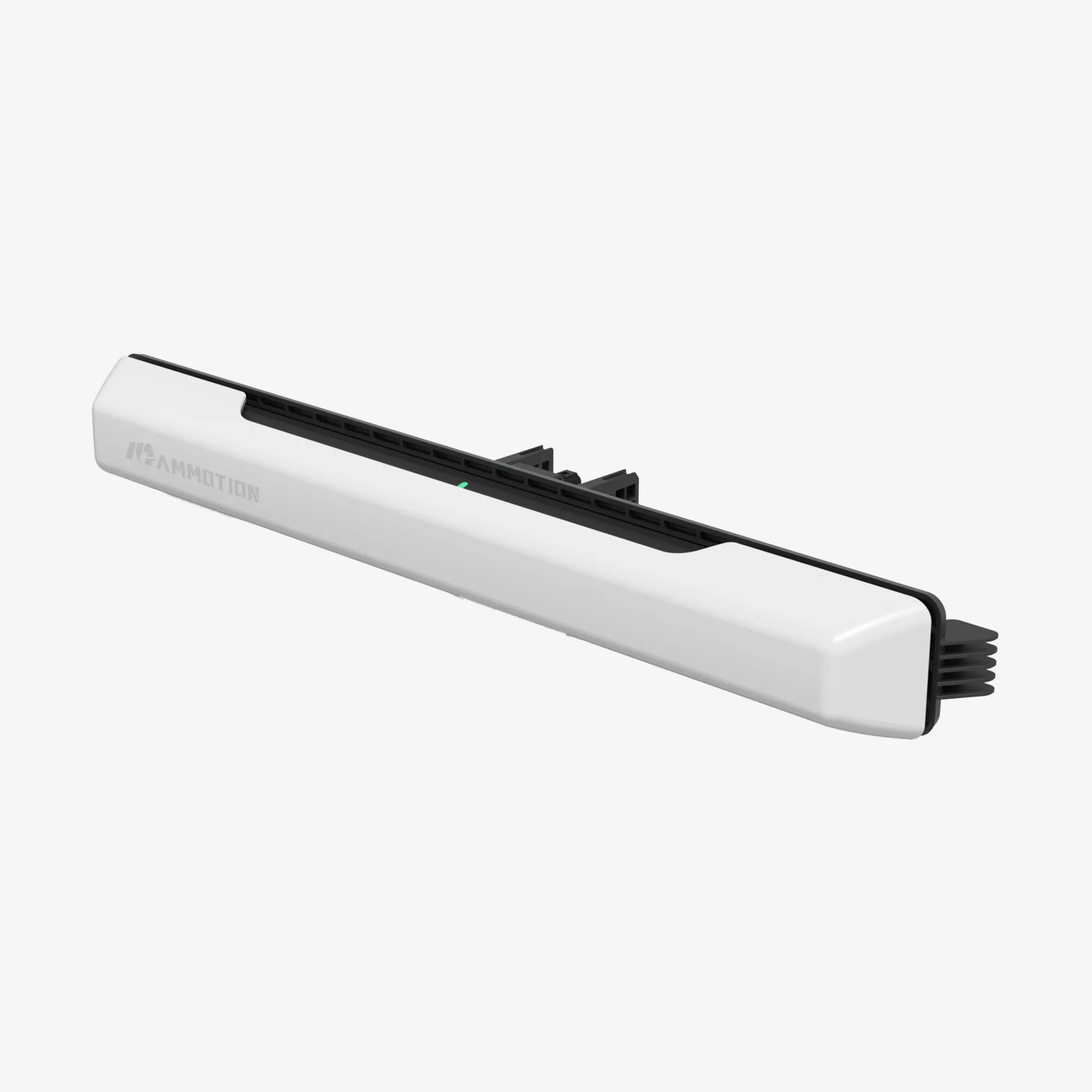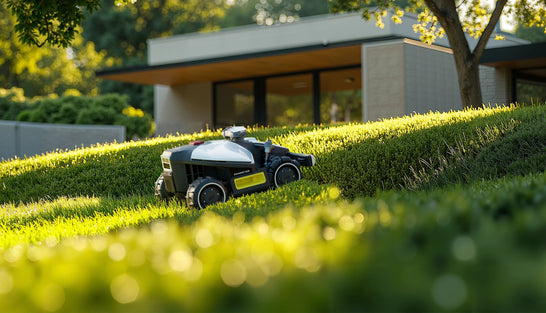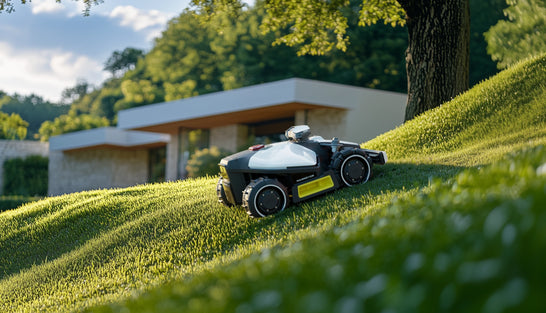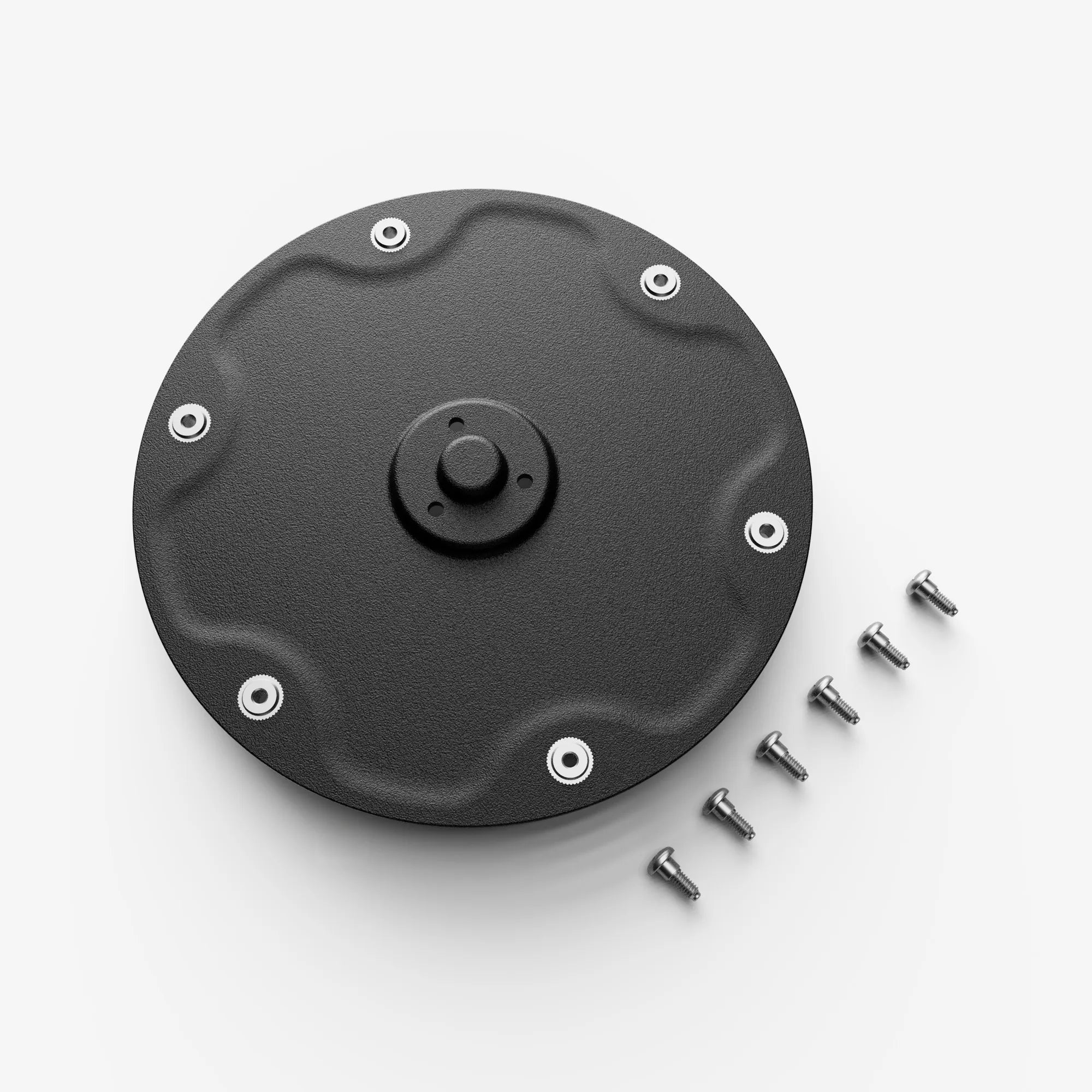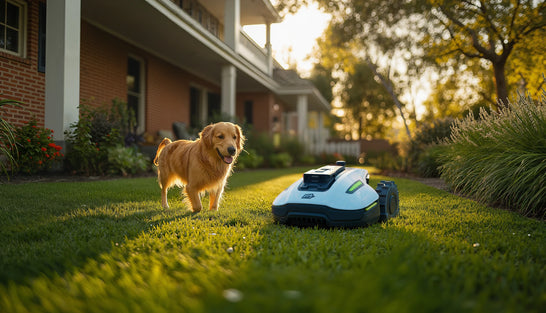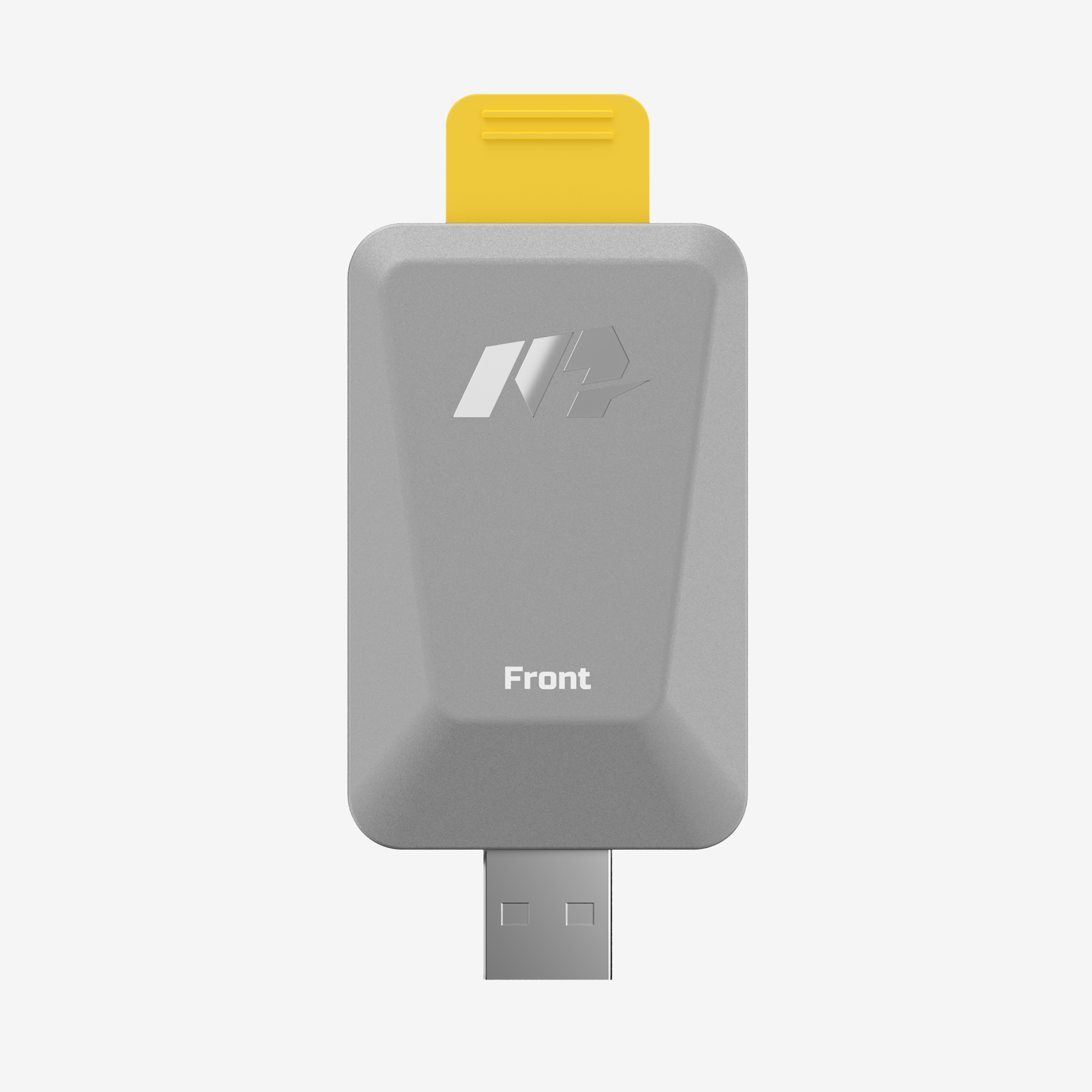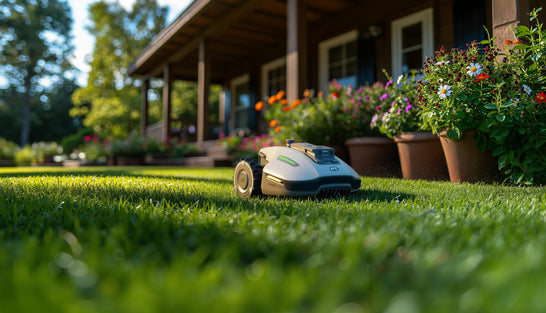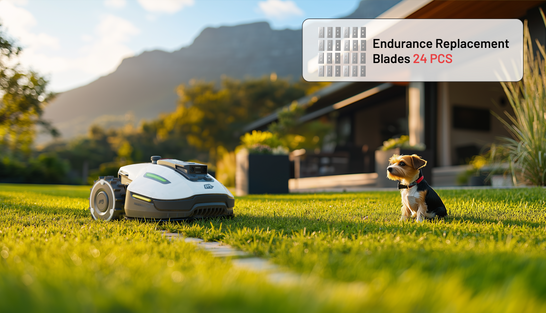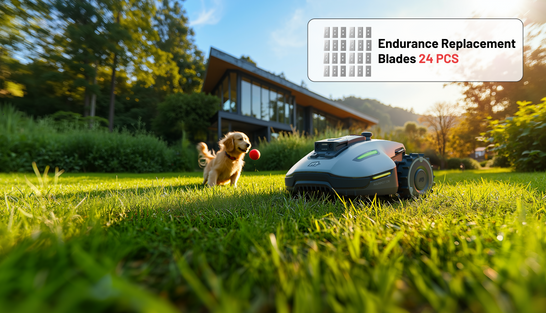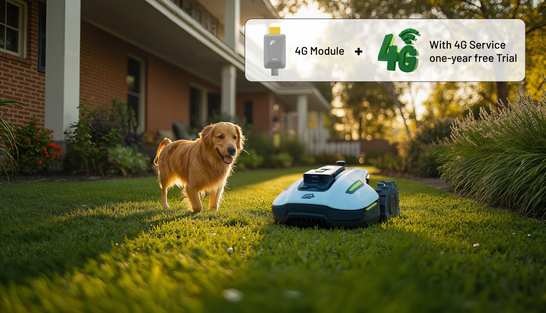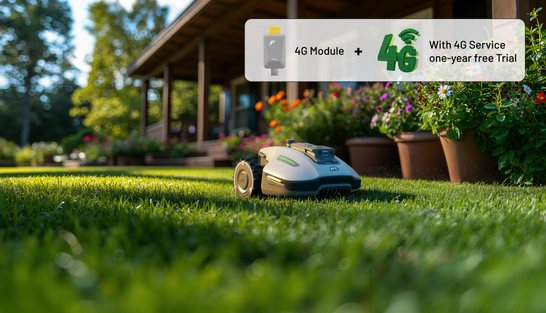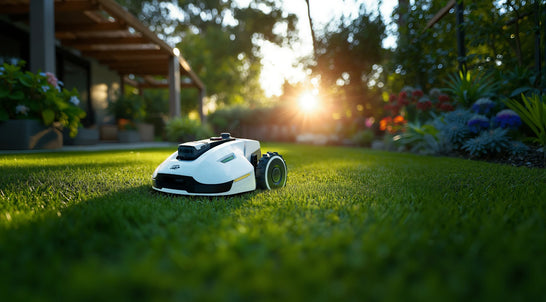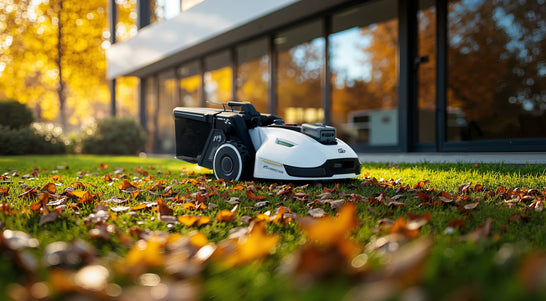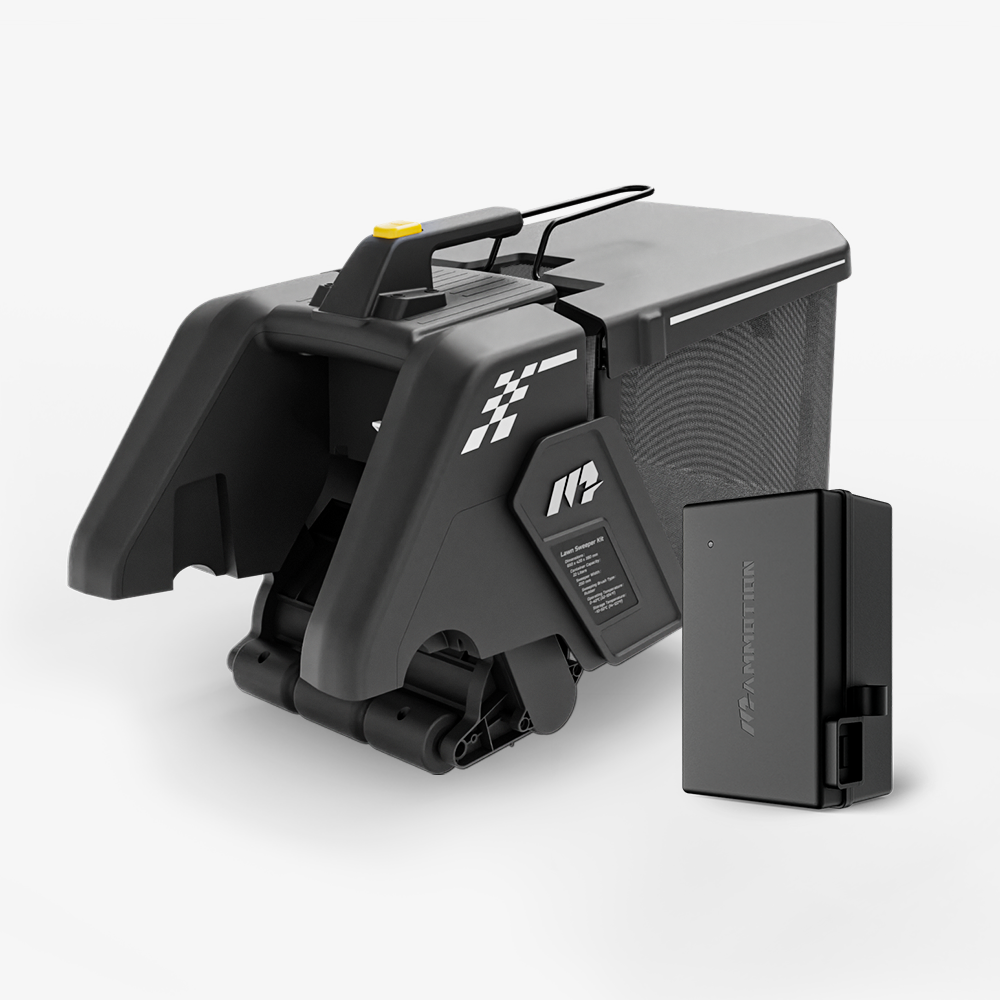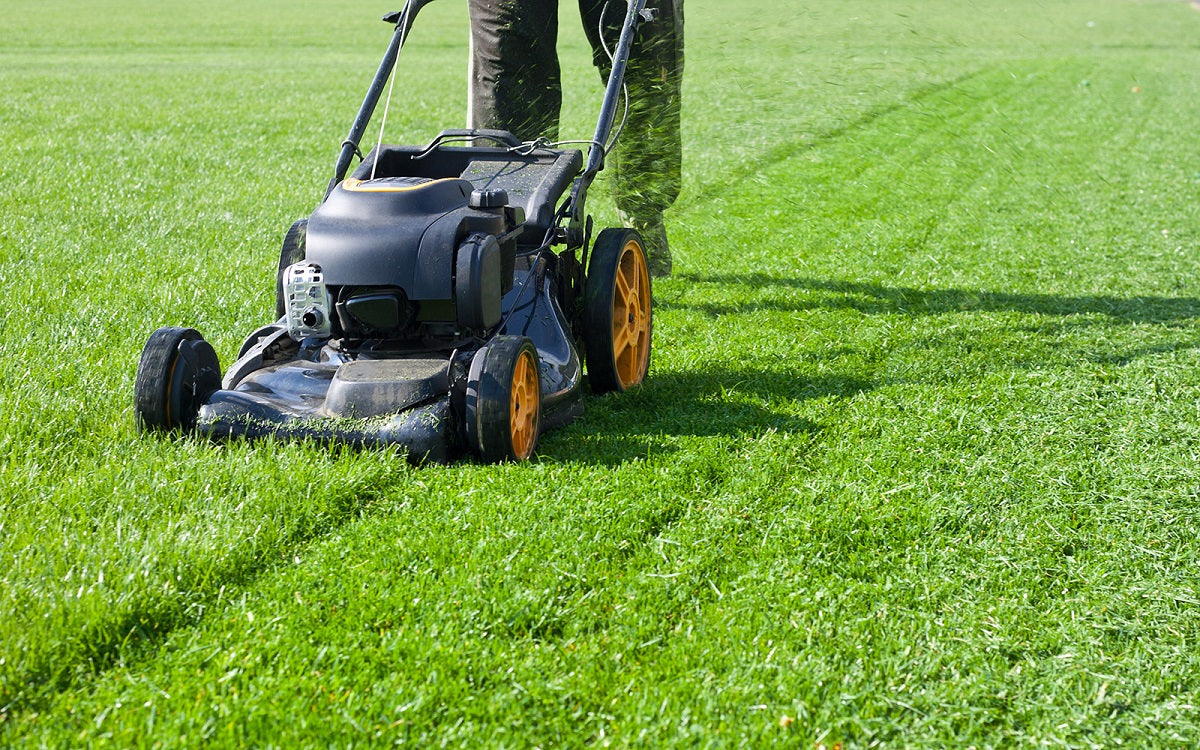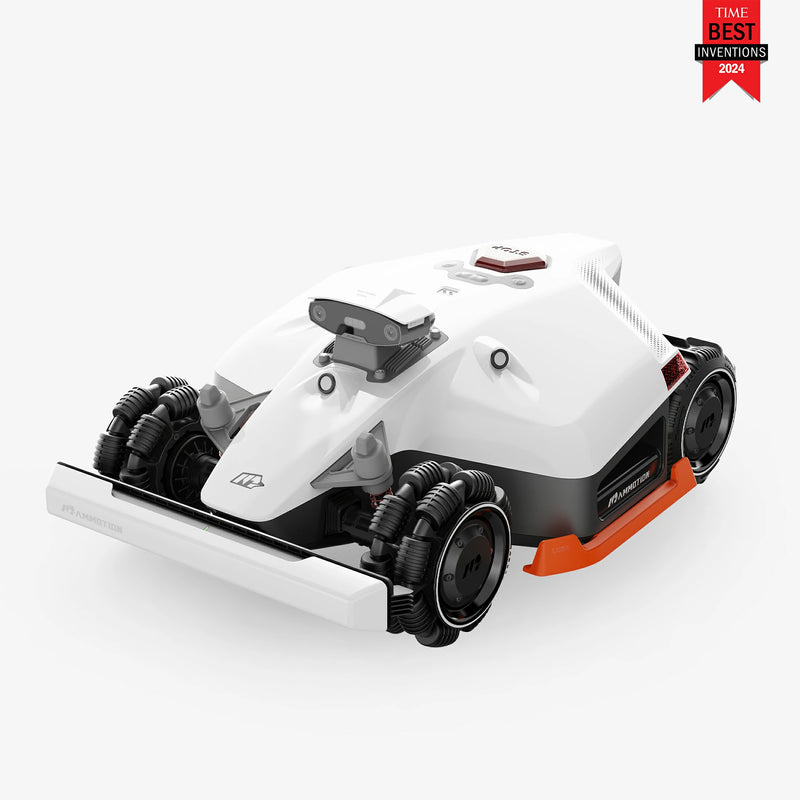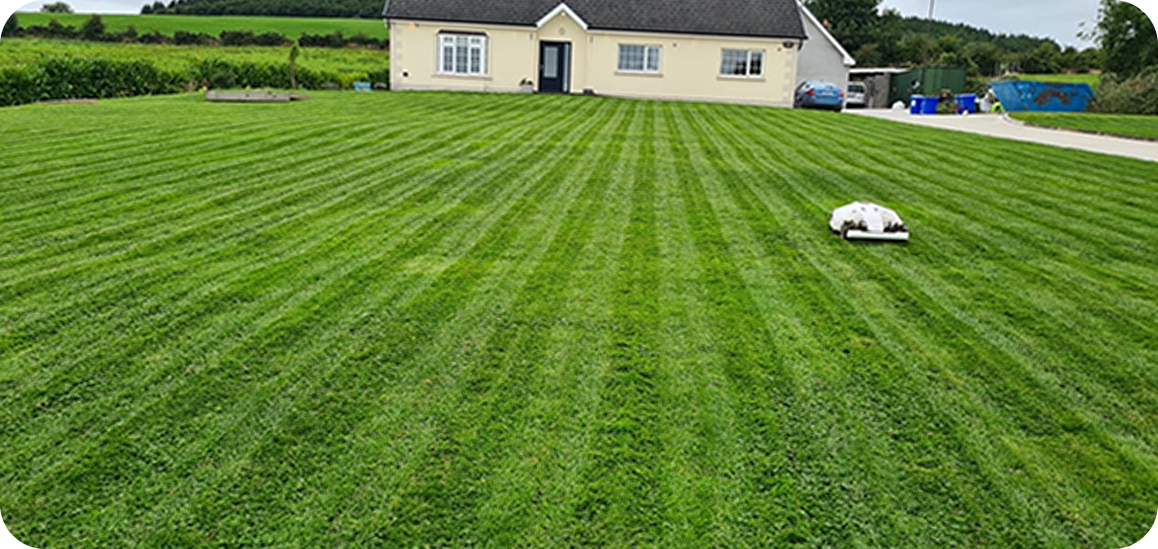Wondering how much a lawn mower costs in 2025? Whether you're a first-time buyer or looking to upgrade, understanding the current lawn mower market is key to making a smart purchase. From budget-friendly manual mowers to advanced robotic models, prices in 2025 can vary widely depending on type, features, and maintenance needs.
In this guide, we’ll break down the average lawn mower cost by type, explore what affects pricing, uncover hidden ownership costs, and share tips to get the best value for your budget. Whether you're shopping for a small backyard or a sprawling lawn, this 2025 lawn mower price guide will help you make the right choice with confidence.
Average Lawn Mower Cost by Type in 2025
Choosing the right lawn mower starts with understanding how much each type typically costs. In 2025, average lawn mower prices vary significantly based on design, power source, and features. Here’s a breakdown of the most common mower types and their average prices:
|
Lawn Mower Type |
Description |
Average Cost (2025) |
Price Range |
Keywords / Notes |
|
Reel Lawn Mowers |
Manual, muscle-powered, ideal for small, flat lawns; eco-friendly and budget-friendly. |
$135 |
$85 - $310 |
Manual mower, affordable, eco-friendly, small lawn |
|
Push Lawn Mowers |
Most popular for homeowners; includes gas-powered and electric models. |
Push mower, homeowner, gas mower, electric mower |
||
|
- Gas Push Mowers |
Powerful, suited for medium to large lawns. |
$320 |
$230 - $450 |
Gas push mower, medium lawn, powerful |
|
- Electric Push Mowers |
Includes corded (lighter, cheaper) and battery-powered (cordless convenience) models. |
$285 |
$130 - $1,020 |
Electric mower, corded mower, battery-powered |
|
Self-Propelled Lawn Mowers |
Moves forward on its own; great for large or uneven lawns to reduce effort. |
Self-propelled mower, ease of use, large lawn |
||
|
- Gas Self-Propelled Mowers |
Powerful engines, suitable for various lawn sizes. |
$695 |
$350 - $2,300 |
Gas self-propelled mower, powerful engine |
|
- Electric Self-Propelled Mowers |
Battery-powered, cordless convenience with self-propulsion. |
$625 |
$350 - $1,300 |
Electric self-propelled, cordless, convenience |
|
Riding Lawn Mowers |
Designed for large properties; comfortable and efficient for extensive lawn care. |
$3,940 |
$1,800 - $8,300 |
Riding mower, large property, efficient lawn care |
|
Robotic Lawn Mowers |
Autonomous mowing with minimal human intervention; smart lawn care technology. |
$1,490 |
Varies by features |
Robotic mower, autonomous, smart lawn mower |
What Affects Lawn Mower Cost in 2025?
When purchasing a lawn mower, several key factors influence its price. Understanding these factors helps you choose the best mower for your needs, whether you want a basic model or a feature-rich option.
1. Power Source
The mower’s power source greatly affects its cost. Gas-powered mowers typically cost more due to their powerful engines and the need for regular maintenance such as oil changes and fuel. They are ideal for large or demanding lawns. Electric mowers, including corded and cordless models, are usually more affordable and require less upkeep. Cordless electric mowers offer convenience and eco-friendliness but can vary in price depending on battery life and power.
2. Brand
Established brands like Honda, Mammotion, and Craftsman often charge higher prices, reflecting their reputation for quality, durability, and reliable customer support. Investing in a trusted brand can provide better warranty coverage and long-term value.
3. Size of the Lawn
The size of your lawn impacts the type of mower you need. Larger lawns may require riding or self-propelled mowers, which typically cost more due to their larger engines, wider cutting decks, and enhanced features for handling extensive or uneven terrain.
4. Features
Additional features increase a mower’s price. Common cost-driving features include:
- Self-Propulsion: Easier maneuverability, especially on slopes or large areas.
- Mulching Capability: Converts grass clippings into natural fertilizer.
- Adjustable Cutting Heights: Customizes lawn appearance for different seasons and grass types.
- Fuel Efficiency: Advanced engines reduce fuel consumption, often at a premium price.
5. Durability and Warranty
Mowers made with premium materials, such as steel decks and advanced engines, usually cost more but last longer and require fewer repairs. Comprehensive warranties add extra value by protecting your investment over time.
Hidden Lawn Mower Costs: Maintenance & More
While the initial purchase price of a lawn mower is important, the real cost of ownership includes ongoing maintenance, energy or fuel expenses, and occasional repairs or accessories. These hidden costs vary by mower type and usage frequency. Here's a detailed breakdown:
|
Cost Category |
Gas-Powered Mowers |
Electric Mowers (Corded & Battery) |
|
Maintenance |
- Oil Changes: Every 20–50 hours ($10–$30 each) - Air Filters: Replace regularly ($5–$15) - Spark Plugs: ~$5–$10 each - Fuel System: Occasional carburetor or fuel line cleaning/replacement |
- Blade Sharpening: Recommended every season - Battery Care: Replace after 2–5 years ($100–$300) |
|
Fuel / Power |
- Gasoline: ~$3–$5 per gallon, 1 gal per 1.5–2 hrs of mowing Estimated Annual: $50–$150+ |
- Electric Charging: ~$0.50–$1 per full charge Estimated Annual: $10–$40 |
|
Accessories |
- Baggers: $30–$100 - Mulching Kits: $20–$70 |
- Extra Batteries: $100–$250 - Mulching Kits & Baggers: Similar to gas models |
|
Repairs |
- Engine Repairs: $100–$400+ - Fuel System Issues: $50–$150 - Transmission (Self-propelled): Up to $300 |
- Battery Replacement: $100–$300 - Motor/Wiring Repairs: $50–$200 |
By factoring in these additional costs—maintenance, fuel, accessories, and repairs—you can better prepare for the full cost of owning a lawn mower in 2025. These ongoing expenses vary depending on the type of mower and its features, so it’s important to consider both the initial purchase price and the long-term costs when making a decision.
What’s a Reasonable Price for a “Normal” Lawn Mower in 2025?
If you're not looking for anything too fancy—just a reliable, efficient mower for regular yard work—you’re probably wondering what qualifies as a “normal” lawn mower and how much it should cost in 2025. The price of a typical mower depends on yard size, mowing frequency, and power preference (gas or electric).
Here’s how to identify a reasonable price range based on typical homeowner needs.
Price Range for a “Standard” Lawn Mower (2025)
|
Category |
Recommended Mower Type |
Average Price |
Price Range (USD) |
Key Features Included |
|
Small to Medium Lawn (flat) |
Electric Push Mower (corded or battery) |
$250–$350 |
$150–$600 |
Lightweight, quiet, eco-friendly, easy start |
|
Medium Lawn (slight incline) |
Gas Push Mower |
$300–$400 |
$230–$450 |
Stronger motor, long runtime, better for thicker grass |
|
Medium to Large Lawn |
Self-Propelled Mower (gas or electric) |
$500–$750 |
$350–$1,200 |
Reduced effort, higher cutting capacity, suitable for slopes |
Robotic Lawn Mower Cost in 2025: Are They Worth It?
Robotic lawn mowers are no longer futuristic gadgets—they’re a rapidly growing trend in 2025. As homeowners seek more efficient and hands-free lawn care solutions, these smart machines are becoming an increasingly viable and even “normal” alternative to traditional mowers.
The Rise of Robotic Mowers
Robotic mowers, similar to robotic vacuums, use AI technology, sensors, and GPS mapping to navigate your lawn and trim it automatically. Once installed and programmed, they operate with minimal human involvement. Thanks to declining prices and improved features in 2025, robotic mowers are now accessible for a wider range of homeowners—even those with small or mid-sized yards.
Pros and Cons of Robotic Lawn Mowers
|
Pros |
Description |
|
✅ Full Automation |
Set schedules and let the mower handle your lawn without lifting a finger. |
|
✅ Time-Saving |
Works day or night while you focus on other tasks—no need to block out mowing time. |
|
✅ Quiet Operation |
Much quieter than gas mowers—perfect for close neighborhoods or early-morning mowing. |
|
✅ Ideal for Small Lawns |
Easily navigates tight corners, gardens, and obstacles. |
|
Cons |
Description |
|
❌ High Initial Cost |
Typically $800–$3,000+, depending on features—more expensive than most traditional mowers. |
|
❌ Setup Complexity |
Installation of boundary wires or GPS mapping required (some newer models are wire-free). |
|
❌ Limited Terrain Capability |
Less effective on steep slopes or large, uneven lawns. |
|
❌ Ongoing Maintenance |
Blades need cleaning, batteries wear over time, and calibration may be needed occasionally. |
Traditional Mowers vs. Robotic Mowers: The Verdict
So, are robotic mowers worth the price when compared to traditional options?
- Cost and Convenience: If you’re willing to invest in the higher upfront cost, a robotic mower can save you a lot of time and energy. However, if you have a smaller budget or don’t mind doing the work yourself, a traditional push mower or even a self-propelled model may be a more practical and cost-effective choice.
- Effectiveness on Various Terrains: While robotic mowers excel on flat, obstacle-free lawns, traditional mowers (especially gas-powered or self-propelled models) still dominate when it comes to tackling larger lawns with steep inclines or thicker grass.
- Long-Term Value: Over time, the convenience and time savings provided by robotic mowers may outweigh the higher upfront cost, especially if you’re someone who values automation or has a busy lifestyle. For others, the more affordable and straightforward nature of traditional mowers may continue to be the better option.
Are Robotic Mowers Worth It in 2025?
It depends on your priorities:
- If you value convenience, automation, and have a smaller yard, robotic mowers offer tremendous time savings and a clean, consistent cut.
- If you prefer a budget-friendly, hands-on approach—or have a large, rugged lawn—traditional push or self-propelled mowers still offer better value for money.
In short: Robotic lawn mowers are no longer a luxury item—they’re becoming a practical, mainstream solution for homeowners who prioritize efficiency and convenience.
Lawn Mower Buying Guide: Budget-Friendly Tips (2025)
Choosing the right lawn mower doesn't have to be complicated. In 2025, with so many models and technologies available, it’s essential to find one that strikes the right balance between performance, reliability, and cost. Here's how to make a smart, budget-friendly purchase:
1. Match the Mower to Your Lawn Size
Your lawn size directly influences the type of mower you’ll need—and how much you should spend.
|
Lawn Size |
Recommended Mower Type |
Budget Range (Est.) |
|
Small (≤ 5,000 sq ft) |
Manual push mower, basic electric (corded or small cordless) |
$100 – $250+ |
|
Medium (5,000–10,000 sq ft) |
Self-propelled gas or higher-end cordless electric mower, bacis robot mower |
$300 – $700+ |
|
Large (10,000+ sq ft) |
Riding mower, heavy-duty self-propelled model or robotic lawn mower |
$1,000 – $3,000+ |
2. Choose Between Electric vs. Gas-Powered Mowers
Each mower type has pros and cons depending on your preferences, terrain, and maintenance expectations.
|
Type |
Best For |
Pros |
Cons |
|
Gas Mowers |
Large lawns, thick or uneven terrain |
Powerful, no charging, good for heavy work |
Noisy, requires oil/fuel, more maintenance |
|
Electric Mowers |
Small to medium lawns, eco-conscious users |
Quiet, eco-friendly, less maintenance |
Battery limits runtime (cordless), power limits (corded) |
3. Shop Smart: Take Advantage of Sales and Discounts
Lawn mowers often go on sale during key retail windows, which can lead to hundreds in savings.
|
What to Look For |
|
|
Spring Pre-Season (March–April) |
Launch deals on new 2025 models |
|
End-of-Season Clearance (October–November) |
Discounts on overstock or previous models |
|
Holiday Sales (Memorial Day, Black Friday) |
Deep discounts on top brands and bundles |
4. Check Warranty Terms & Customer Support
Long-term value isn’t just about price—it’s also about support, reliability, and service.
|
What to Evaluate |
Why It Matters |
|
Warranty Coverage (2–3 years minimum) |
Protects your investment from early wear or manufacturing defects |
|
Service Network & Parts Availability |
Ensures fast and affordable access to repairs and replacement components |
|
Brand Reputation for Customer Service |
Better support experience if issues arise post-purchase |
Conclusion: Making the Smart Choice in 2025
The lawn mower market in 2025 offers more variety and innovation than ever before, making it easier to find the perfect mower to match your needs and budget. Whether you're looking for high-tech convenience or cost-effective performance, there's a solution out there for every homeowner.
Whether you're sticking with a dependable traditional mower or embracing the future with a robotic model, the best lawn mower in 2025 is the one that suits your yard, your lifestyle, and your budget. With the right research and a smart buying strategy, you’ll enjoy a beautiful, well-maintained lawn all season long.
Happy mowing!
Lawn Mower Cost FAQ
1. How much does a lawn mower cost in 2025?
Prices vary widely depending on the type and features:
- Reel mowers: $85–$310 (avg. $135)
- Push mowers: $130–$1,020 (avg. $285–$320)
- Self-propelled mowers: $350–$2,300 (avg. $625–$695)
- Riding mowers: $1,800–$8,300 (avg. $3,940)
- Robotic mowers: $800–$3,000+ (avg. $1,490)
2. What type of lawn mower is best for small, medium, or large lawns?
Small lawns (under 5,000 sq ft): Reel or electric push mower
Medium lawns (5,000–15,000 sq ft): Self-propelled or cordless electric mower
Large lawns (over 15,000 sq ft): Riding mower or powerful self-propelled mower
3. Is it better to buy a gas or electric mower?
Gas mowers are powerful and suitable for large or tough terrain, but require more maintenance.
Electric mowers (corded or cordless) are quieter, eco-friendly, and easier to maintain—ideal for small to mid-sized lawns.
4. Are robotic lawn mowers worth the price?
They’re worth it if you value convenience and have a small to medium lawn. Although the upfront cost is high, robotic mowers save time and require less manual effort. They're becoming increasingly mainstream in 2025.
5. What are the hidden or ongoing costs of owning a lawn mower?
- Gas mowers: Fuel, oil changes, air filters, spark plugs, and repairs
- Electric mowers: Electricity/battery charging, replacement batteries (~$100–$300), blade sharpening
- Accessories: Mulch kits, baggers, and spare batteries
- Repairs: Engine or transmission fixes (for gas/self-propelled mowers), motor or wiring issues (for electric)
6. When is the best time to buy a lawn mower?
Best times: Late fall (end-of-season clearance) or major holidays (Memorial Day, Labor Day, Black Friday)
Retailers often offer deep discounts on older models or excess inventory.
7. What features should I look for in a lawn mower?
- Self-propulsion for easier maneuvering
- Mulching capability for eco-friendly lawn fertilizing
- Adjustable cutting heights for better lawn control
- Fuel or battery efficiency for lower long-term costs
- Warranty and brand support for peace of mind
8. How long do lawn mowers typically last?
- Gas mowers: 7–10 years with proper maintenance
- Electric mowers: 5–8 years; battery life usually 2–4 years
- Robotic mowers: 5–10 years depending on brand and usage
9. Do all robotic lawn mowers require boundary wires?
Not anymore. While many still do, newer models in 2025 often use GPS and AI mapping to eliminate the need for physical wires, making setup easier.
10. What lawn mower brands are most reliable in 2025?
- Honda
- Craftsman
- Toro
- Greenworks
- EGO Power+
- Mammotion (notably in the robotic category)

